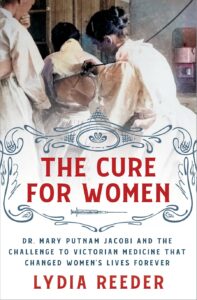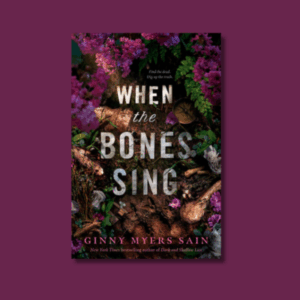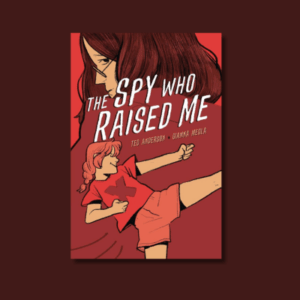 Published: 2024
Published: 2024
Genre: Nonfiction
Audience: High School
Trigger Warnings: Animal experimentation
Summary: After Elizabeth Blackwell became the first woman to graduate from medical school, more women demanded a chance to study medicine. Barred entrance to universities like Harvard, women built their own first-rate medical schools and hospitals. Their success spurred a chilling backlash from elite, white male physicians who were obsessed with eugenics and the propagation of the white race. Distorting Darwin’s evolution theory, these haughty physicians proclaimed in bestselling books that women should never be allowed to attend college or enter a profession because their menstrual cycles made them perpetually sick. Motherhood was their constitution and duty.
Into the midst of this turmoil marched tiny, dynamic Mary Putnam Jacobi, daughter of New York publisher George Palmer Putnam and the first woman to be accepted into the world-renowned Sorbonne medical school in Paris. As one of the best-educated doctors in the world, she returned to New York for the fight of her life. Aided by other prominent women physicians and suffragists, Jacobi conducted the first-ever data-backed, scientific research on women’s reproductive biology. The results of her studies shook the foundations of medical science and higher education. Full of larger than life characters and cinematically written, The Cure for Women documents the birth of a sexist science still haunting us today as the fight for control of women’s bodies and lives continues.
Review: The Cure for Women follows the early struggles of female doctors but focuses on the life of Dr. Mary Putnam Jacobi. I had never heard of Dr. Putnam, which frustrates me. Why have we not celebrated this important doctor? Well, my guess is because she focused on women’s health while the male-dominated field of doctors wanted to silence her. She was the first doctor to conduct research, unlike her male colleagues that came up with crazy theories to keep women from higher education. Many of the male doctors had no data, but wrote books to support their ideas. I have some 19th century books on medicine that deal with women, so I knew before reading this book about men’s views, but to read Dr. Putnam’s story was eye opening. I am forever thankful that I read The Cure for Women, and as a society, we need to celebrate women’s accomplishments instead of letting them disappear into history. Thank you, Ms. Reeder for writing this book!
The Cure for Women is both informative and entertaining. This book has an engaging writing style that makes it accessible and interesting. Anyone interested in reading more about women’s history would enjoy this book. It was difficult for me to read the experiments on animals. It was common, but I still struggled to read about them.



